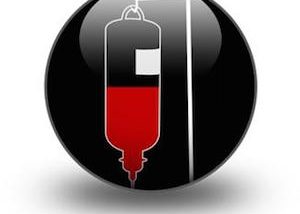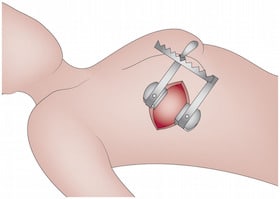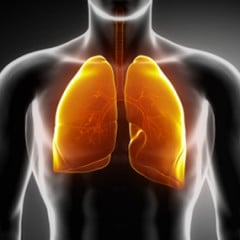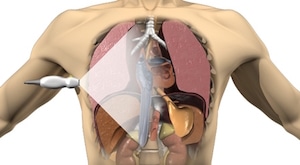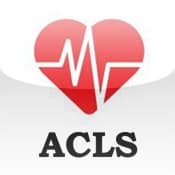resuscitation and critical care medicine
Episode 36: Transfusions, Anticoagulants and Bleeding
In the first part of this epic 2 part must-hear episode, Transfusions, Anticoagulants & Bleeding, we have the triumphant return of Dr. Walter Himmel (also known as 'The walking encyclopedia of EM') along with Dr. Katerina Pavenski (Head of Transfusion Medicine at St. Michael's Hospital) & Dr. Jeannie Callum (Head of Transfusion Medicine at Sunnybrook Hospital) who will update you on the latest in transfusion indications & risks, managing INRs and how Wararin compares to Dabigatran, Rivaroxiban & Apixaban. They give you the authoritative low down on: Indications for red cell transfusions in different clinical scenarios (GI bleed, cardiac disease, vaginal bleeding etc) and how to give them, Risks of red cell transfusions including Host vs Graft Disease, TRALI & TACO and how to manage them, IV Iron as an alternative to red cell transfusions, Managing INRs: indications for Vit K, Prothrombin Complex Concentrates (Octaplex & Beriplex), adjusting Warfarin Dose, liver patients, and much much more.........

